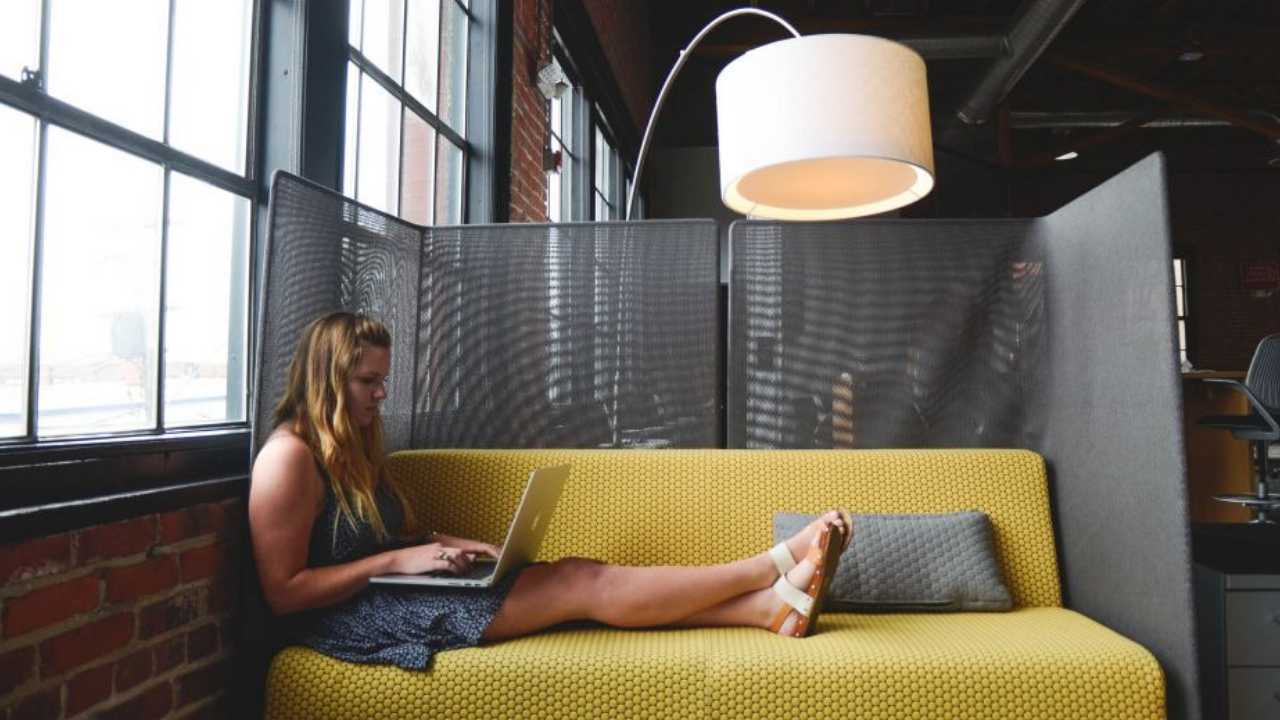The technological revolution has made a great impact in the way workspaces operate, with many opting for a coworking environment that fosters collaboration and productivity. So what does the future of workplace collaboration look like?
As we move further away from independent, traditional work and closer towards collaborative and remote teamwork, employees need more flexible, video-enabled rooms.
Artificial intelligence (AI) and machine learning are expected to play a vital role in improving end user experience. For example, Logitech RightSight uses AI and auto-framing technologies to improve video call quality by tracking when someone is moving. It can then adjust the camera, zoom, and focus to make the call clearer.
As remote working increases, businesses need to invest in more solutions, such as portable webcams and fixed units, to ensure collaboration is efficient as possible
Video conferencing is expected to be used in a more diverse way. Normally, this technology is used for formal meetings, but is becoming a more spontaneous, one-on-one experience.
Additionally, telepresence and hologram technology has the potential to become the next step in telecommunication, rather than something seen in a sci-fi film.


 Dr. Gleb Tsipursky – The Office Whisperer
Dr. Gleb Tsipursky – The Office Whisperer Nirit Cohen – WorkFutures
Nirit Cohen – WorkFutures Angela Howard – Culture Expert
Angela Howard – Culture Expert Drew Jones – Design & Innovation
Drew Jones – Design & Innovation Jonathan Price – CRE & Flex Expert
Jonathan Price – CRE & Flex Expert











